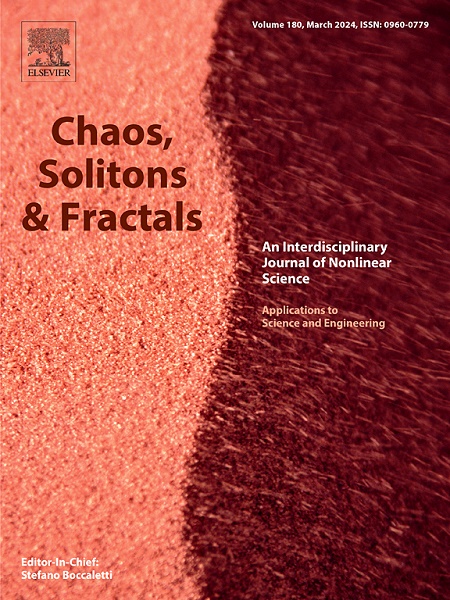Application of global rational approximants method to solve nonlinear differential equations: Riccati equations, Logistic growth model and drug consumption model
IF 5.3
1区 数学
Q1 MATHEMATICS, INTERDISCIPLINARY APPLICATIONS
引用次数: 0
Abstract
Obtaining an analytical representation of the solutions of nonlinear differential equations has been a challenge for many years. This difficulty is particularly pronounced when these equations model a physical phenomenon, which makes the exact solution even more difficult to find. In this paper, we present a global semi-analytical approach for deriving global rational approximants to Riccati equations and logistic growth models, which are commonly employed in the modeling of complex systems. We also show that our approach can be efficiently used to solve a system of nonlinear equations that represent a dynamical system without closed solution, namely the drug consumption model. This current global semi-analytical method consists firstly in generating the solutions of these nonlinear differential equations in terms of series expansions for small and large values. Then, two-point Padé approximants are applied to provide global approximate representation solutions that agree with the exact solution over the whole period of time. To demonstrate the effectiveness of our study, some examples given in the literature have been solved using our approach. Numerical comparisons between the present approach and other methods are also included.
求助全文
约1分钟内获得全文
求助全文
来源期刊

Chaos Solitons & Fractals
物理-数学跨学科应用
CiteScore
13.20
自引率
10.30%
发文量
1087
审稿时长
9 months
期刊介绍:
Chaos, Solitons & Fractals strives to establish itself as a premier journal in the interdisciplinary realm of Nonlinear Science, Non-equilibrium, and Complex Phenomena. It welcomes submissions covering a broad spectrum of topics within this field, including dynamics, non-equilibrium processes in physics, chemistry, and geophysics, complex matter and networks, mathematical models, computational biology, applications to quantum and mesoscopic phenomena, fluctuations and random processes, self-organization, and social phenomena.
 求助内容:
求助内容: 应助结果提醒方式:
应助结果提醒方式:


